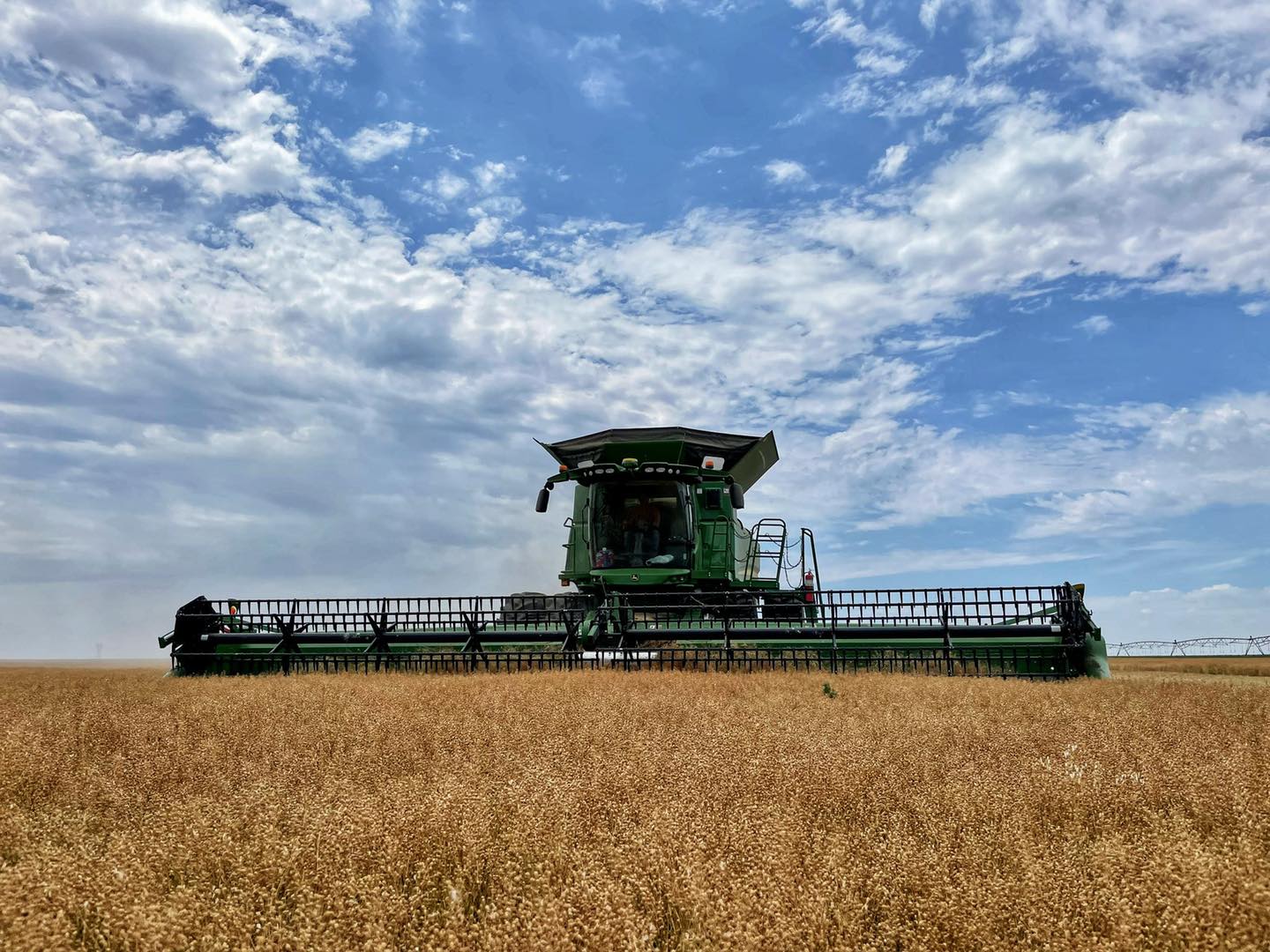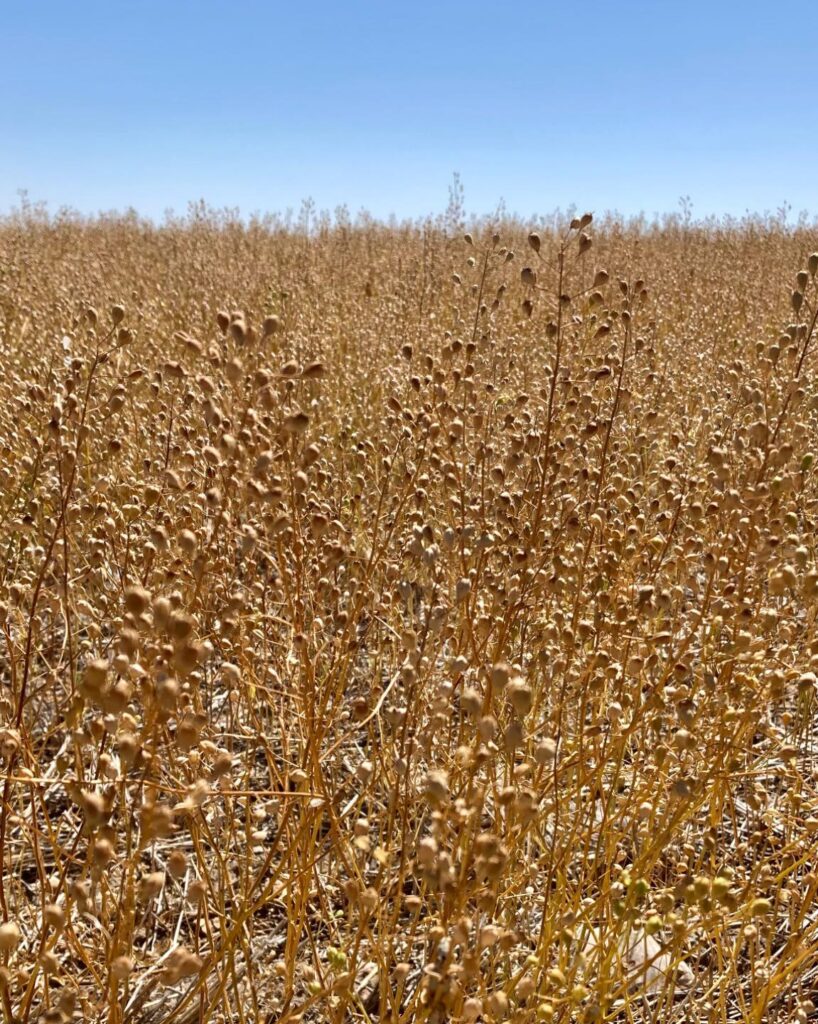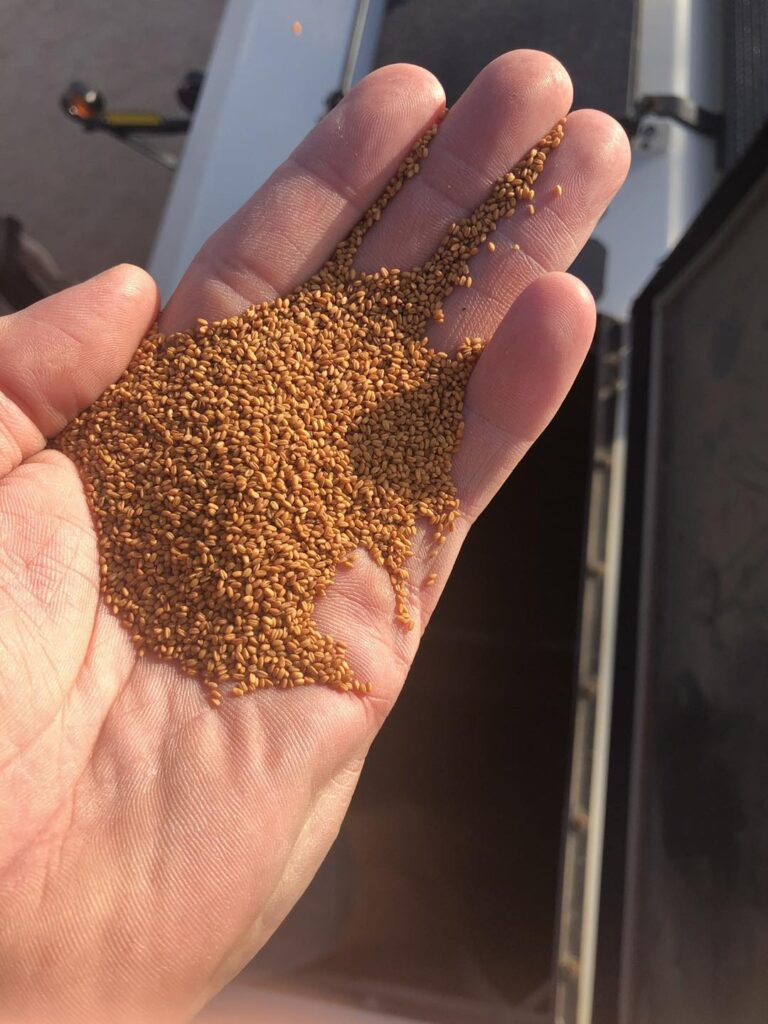Camelina sativa: small seeds – huge opportunities

This post is also available in:
This post is also available in:
![]() Español (Spanish)
Español (Spanish) ![]() Français (French)
Français (French) ![]() Deutsch (German)
Deutsch (German) ![]() हिन्दी (Hindi)
हिन्दी (Hindi) ![]() العربية (Arabic)
العربية (Arabic) ![]() Türkçe (Turkish)
Türkçe (Turkish) ![]() 简体中文 (Chinese (Simplified))
简体中文 (Chinese (Simplified)) ![]() Italiano (Italian)
Italiano (Italian) ![]() polski (Polish)
polski (Polish)
Camelina sativa, known as false flax or gold of pleasure, is an oilseed crop in the Brassicaceae family (commonly known as the mustard family), native to Europe and Central Asian areas.
It is a winter annual, herbaceous plant with single, erect stems (30-90 cm or 12-35.4 inches) and a taproot. The plant generally flowers and produces seeds at the end of the spring or in early summer (for the North hemisphere) and has a relatively brief cycle that lasts approximately 85 to 100 days (short-season crop). Furthermore, it can be planted in the autumn and spring seasons. It requires a shallow seed depth of about 1 cm (0.4 inches) due to its tiny seeds; at a seed rate of 3-7 kg/ha or 2.7-6.3 lb/acre (125-200 plants per square meter), and it is sown using spreaders, broadcast seeders (forage seeders), or seed drills. Farmers usually prefer a high seed density since Camelina sativa has around 40% emergence rate (like canola). In ideal environmental conditions and when receiving 16-18 inches of water (from rainfalls or irrigation) annually. Camelina sativa can yield even up to 2242 kg per hectare or 2,000 lb per acre (a good average yield is between 448- 900 kg/ha or 400-800 lb/acre).

Camelina sativa mature plants before harvest

Camelina sativa seeds
The main characteristics of the Camelina sativa are:
- the great adaptability to a cool (seedling can survive without a problem at -11 °C or 12.2 °F), semi-arid climate characterized by low temperatures, and shallow soils with low fertility. It is usually found naturally growing in fields with grain, flax, and alfalfa or marginal land (roadsides) and natural prairies.
- low demand for inputs such as nutrients, water (it is drought-tolerant), and fertilizers, good competition with weeds, and great tolerance to different diseases and do not face any serious threats from pests;
- low costs, easy to introduce in crop rotations and farm context due to its easy management with conventional equipment;
Camelina seeds are mainly used in the processing industry. The most important is the oilseed extraction for biofuel production (for the military and commercial airline industry). Indeed its seeds contain up to 43% of oil, which is chemically stable and resistant to oxidation and rancidity. Moreover, the oil contains a good amount of Omega 3 fatty acid, alpha-linoleic acid, and antioxidants, making it suitable for the food industry as pure seeds, milled seeds, and oil. Even the by-product resulting from the oil processing is valuable in the feed industry (Camelina meal with 40% protein) for livestock such as chickens, fish, beef, and dairy cattle. To accomplish safe and prolonged storage, the seeds should not have more than 8% moisture.
Even though the Camelina plant is barely known and not widespread across the world, it offers the opportunity to farmers to diversify their business by selling it to supply chains focused on food, feed, and oil and improve their agronomic practices by using the whole plant as a cover crop (following small grains like wheat, barley as well as peas and lentils).
References









































































